The Best French Toast Recipe
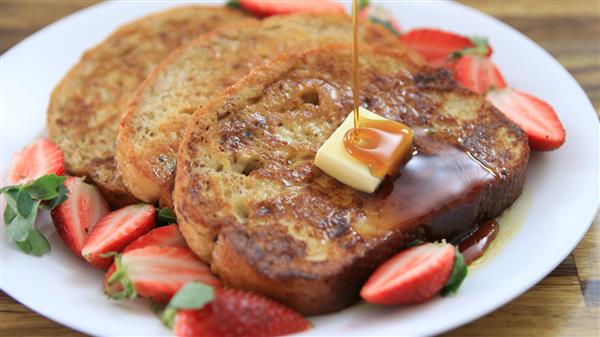
This classic French toast is easy to make, takes only few minutes of work and of course, super delicious. Serve your French toast with fresh fruits and maple syrup and you have a perfect breakfast for Sunday morning.
In today’s piece, I’ll be taking us to the delectable world of French toast. A breakfast favorite all over the world, it remains unrivaled in simplicity and appeal. Whether it is a lazy Sunday morning or a bustling weekday, French toast can make the day. Since it has been my personal favorite, I’ll tell you how you can possibly make the best French toast at home with some tips and tricks so that you don’t get those soggy, eggy bread woes.
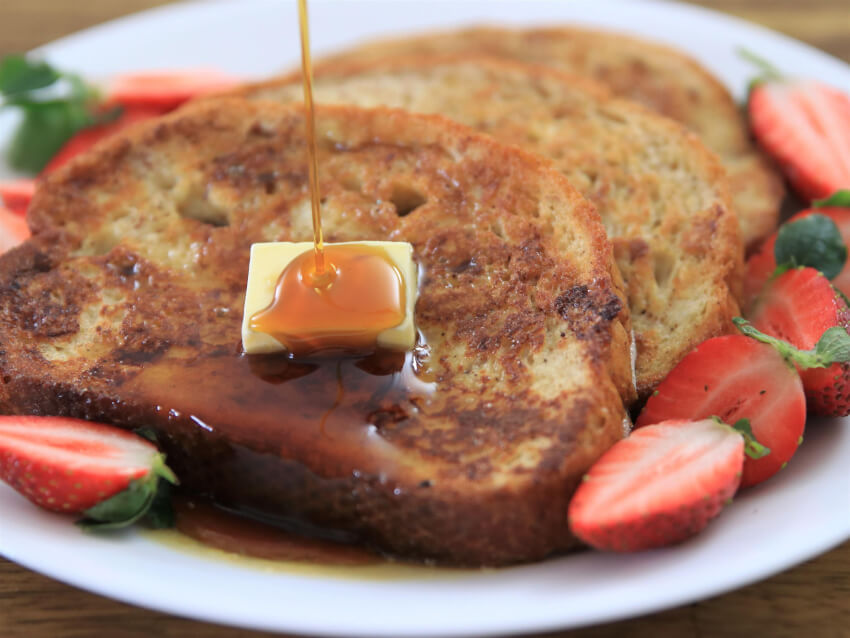
The Origin of French Toast
Interestingly, French toast isn’t originally from France. The earliest references to this style of soaked bread cooked until golden date back to ancient Rome. The name “French toast” was first used in 17th-century England. The recipe was brought to America by early settlers where it became a popular breakfast dish.
What do you need to make French toast?
- Eggs: Eggs are crucial in French toast as they act as the binding agent that holds the mixture together. They help in soaking into the bread, giving it structure and richness, and when cooked, they create that soft, custard-like texture inside the toast.
- Milk: Milk is used to thin the egg mixture, making it easier for the bread to absorb. It adds moisture and creaminess to the dish, contributing to the custardy interior. The type of milk used can also affect the flavor—whole milk will make it richer, while skim milk makes a lighter version.
- Sugar: Adding sugar (either white or brown) is optional but recommended if you prefer a hint of sweetness. Brown sugar can also add a slight molasses flavor and helps in caramelizing the surface when cooking, providing a subtle crunch.
- Salt: A pinch of salt is essential to balance the flavors. It enhances the sweetness and the overall depth of the French toast, making the other ingredients’ flavors more pronounced.
- Vanilla Extract: Vanilla extract adds warmth and complexity to the flavor profile of your French toast. It brings a subtle floral and sweet aroma that pairs beautifully with the custard-like egg mixture.
- Cinnamon: Cinnamon offers a spicy warmth that is a classic flavor in French toast. It complements the vanilla and enhances the overall taste with its sweet and woody notes, making the dish more aromatic and flavorful.
- Butter and Oil: Butter adds richness and flavor to the French toast while frying. Using oil along with butter raises the smoking point of the fat, preventing the butter from burning and ensuring a crisp, golden exterior without a burnt taste.
- Maple Syrup: While not part of the cooking process, maple syrup is a traditional topping for serving French toast. It adds sweetness and a unique flavor that complements the rich and eggy bread wonderfully.
- Bread: Finally, the bread acts as the foundation of the dish. Choosing the right type of bread is crucial, as it needs to be sturdy enough to hold up after being soaked in the egg mixture without disintegrating. Bread with a soft crumb and slightly dry texture works best as it soaks up the liquid efficiently while maintaining its structure during cooking.
Each ingredient in French toast is not just a part of the recipe but plays a specific role in creating the texture, flavor, and appearance of this beloved breakfast dish.
How to Make the Best French Toast
- Choose the Right Bread: The choice of bread is critical for good French toast. Opt for denser breads like brioche, challah, or a thick-cut French loaf. These types of bread not only hold up better to soaking but also provide a buttery flavor and rich texture. Avoid very fresh bread; slightly stale bread works best as it soaks up the egg mixture without falling apart.
- Thickness of Bread Slices: Cut the bread into slices that are about 3/4 inch to 1 inch thick. Thicker slices absorb more of the egg mixture and give that lovely soft, custard-like interior, while still maintaining enough structure to not become soggy.
- Whisk Thoroughly: When preparing your egg mixture, whisk the eggs, milk, and other ingredients together until fully combined. A uniform mixture ensures that each piece of bread soaks up the same flavors and cooks evenly.
- Season Well: Don’t skimp on the flavor enhancers like vanilla, cinnamon, or sugar. These contribute significantly to the overall taste of your French toast. A pinch of nutmeg or cardamom can also add a unique twist to the classic flavor.
- Perfect Soaking Time: Soak the bread long enough that it’s penetrated by the egg mixture but not so long that it starts to disintegrate. Typically, a few seconds on each side is sufficient. If your bread is denser or drier, it may require a bit longer.
- Preheat Your Pan: Make sure your skillet or griddle is properly preheated before you start cooking. A medium heat setting works best to cook the French toast through without burning the exterior. If the pan is too hot, the outside will burn before the inside is cooked.
- Use the Right Fats for Cooking: Cooking French toast in a combination of butter and oil gives you the best of both worlds—the butter offers flavor, while the oil ensures a higher smoke point to avoid burning. Clarified butter or ghee is another great option as it can handle high heat.
- Don’t Overcrowd the Pan: Cook in batches if necessary to avoid overcrowding the pan. Overcrowding can reduce the heat of the skillet and cause soggy, unevenly cooked French toast.
- Keep Finished Slices Warm: As you cook multiple batches, keep your finished slices warm in an oven set to a low temperature (around 200°F or 90°C). This helps keep all your French toast warm until ready to serve.
- Experiment with Flavors: Don’t be afraid to experiment with different extracts, spices, or toppings. Adding almond extract, citrus zest, or even a splash of liqueur to the egg mixture can enhance the flavor of your French toast.
- Serve Immediately: French toast is best served hot and fresh. Have your toppings and sides ready so that you can enjoy the French toast as soon as it comes off the skillet. Toppings like maple syrup, powdered sugar, fresh berries, or whipped cream add the final touches to your delicious breakfast.
Can You Make French Toast with Just Milk?
Yes, in simpler versions, you can make French toast using just milk, especially if you’re out of eggs or prefer a lighter version. The texture will be different—less custardy and more delicate—but still delicious. You might want to add a little extra milk to ensure the bread is sufficiently moistened.
Equipment needed to make the best French toast
- A shallow dish for the egg mixture
- A skillet or griddle
- A spatula
- Measuring cups and spoons
- A whisk or fork for beating the eggs
If you want to upgrade your kitchen arsenal, read this: 10 Highly Recommended Baking Tools
What to Serve with French Toast?
French toast pairs wonderfully with both sweet and savory sides. Fresh fruits or fruit compotes, bacon, sausages, and scrambled eggs make excellent companions. For a sweet indulgence, serve with chocolate chips, nut butters, or ice cream.

The Best French Toast Recipe
Ingredients
- 2 large Eggs
- ½ cup 120ml Milk
- 1 teaspoon white/brown Sugar *optional
- pinch Salt
- 1 teaspoon Vanilla extract
- ½ teaspoon Cinnamon
- Butter + oil for frying
- Maple syrup for serving
Instructions
- DIRECTIONS1. In a shallow dish beat eggs, milk, vanilla extract, cinnamon, sugar and salt. 2. Dip bread slices in egg mixture, turning to coat both sides evenly. 3. Melt some butter in a skillet or griddle over medium heat, add a bit of oil. Cook until golden, about 2-3 minutes on each side. 4. Serve immediately with fresh fruits, maple syrup or honey.FAQs What type of bread is best for French toast? The best French toast starts with the right bread. Thick, sturdy slices like brioche, challah, or French baguette are ideal as they soak up the egg mixture without falling apart. Day-old bread is preferred because it's slightly dry and absorbs more flavor.
Can I make French toast without vanilla extract?
Yes, you can make French toast without vanilla extract, though it adds a lovely warmth and depth of flavor. If you don’t have it on hand, try substituting with almond extract or skip it entirely for a more straightforward taste.How do I prevent my French toast from becoming soggy?
To prevent soggy French toast, make sure your bread slices are thick enough and not overly fresh. Also, don’t oversoak the bread—just dip each slice long enough to coat it thoroughly. Cook on medium heat to ensure the inside is cooked through without burning the outside.
Can French toast be made ahead of time?
French toast is best enjoyed fresh, but you can prepare it ahead by cooking and then reheating in the oven at 350°F for 10 minutes. Alternatively, prepare the egg mixture and soak the bread just before cooking.Is there a dairy-free alternative for making French toast?
Absolutely! For a dairy-free version, substitute the milk with almond milk, soy milk, or oat milk. These alternatives work well and offer a different flavor profile.What toppings can I use for French toast?
French toast can be topped with a variety of ingredients such as powdered sugar, maple syrup, fresh fruits, whipped cream, or even yogurt. For something different, try a drizzle of caramel or a sprinkle of nuts.How can I make my French toast crispy?
For a crispy exterior, make sure your skillet is hot enough before adding the bread, and use a mixture of butter and oil to fry. The oil helps to crisp up the edges while the butter adds flavor.Can I make French toast in an air fryer?
Yes, you can cook French toast in an air fryer. Set it to 375°F and cook for about 4 minutes on each side. This method is great for achieving a crispy texture without much oil.What’s the best way to store leftover French toast?
Store any leftovers in the refrigerator covered tightly with foil or plastic wrap. Reheat in the oven or toaster for best results. French toast can also be frozen for up to two months.
Can French toast be vegan?
To make vegan French toast, use plant-based milk and a vegan egg substitute like flax eggs or chickpea flour mixed with water. These ingredients bind similar to eggs and create a delightful vegan version
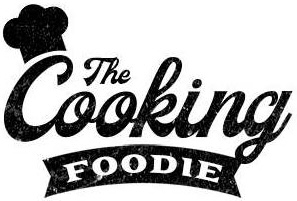
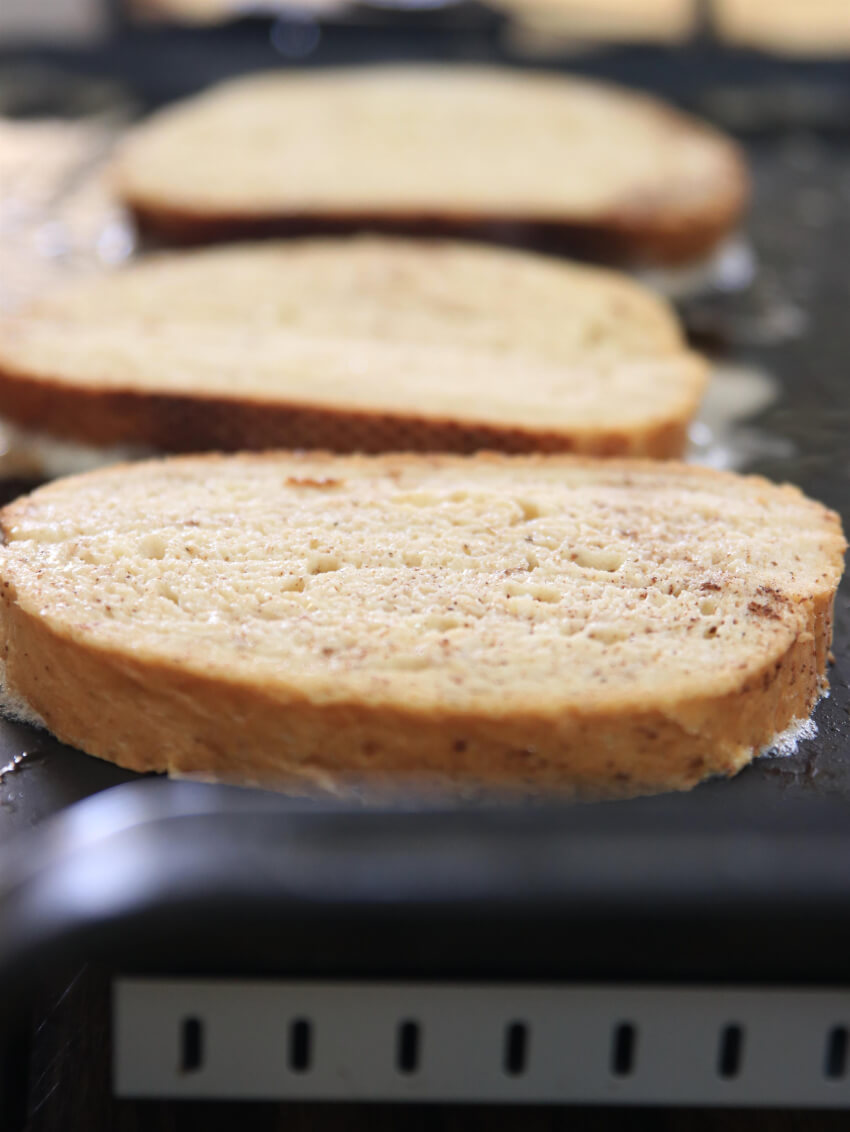
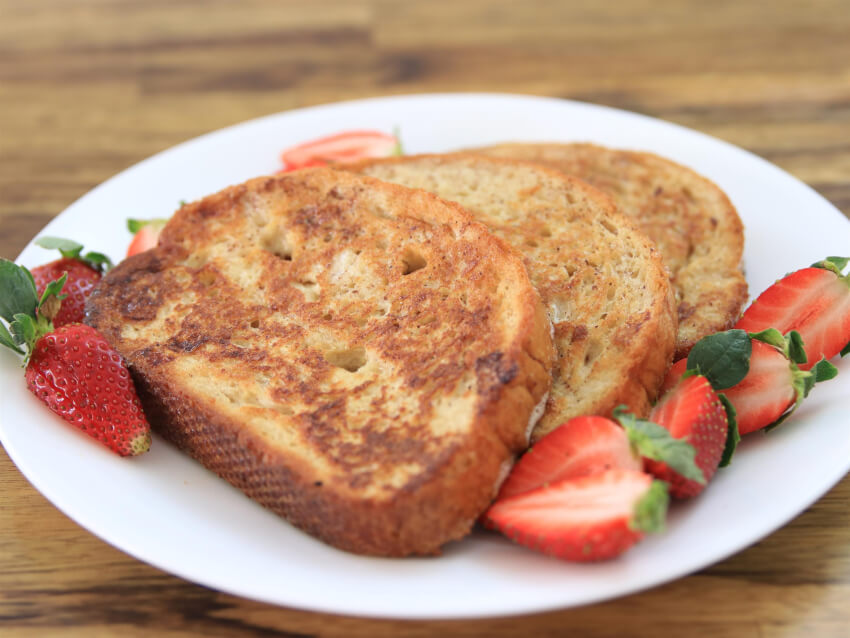
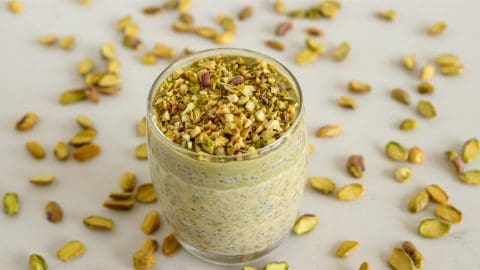
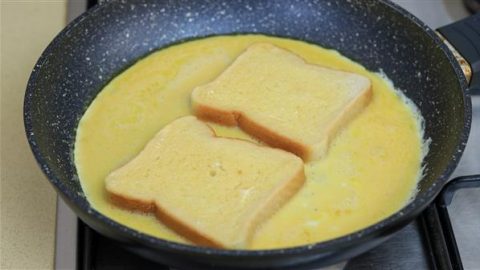
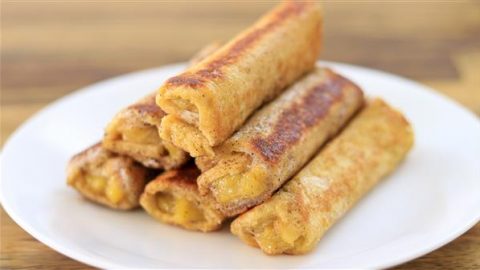
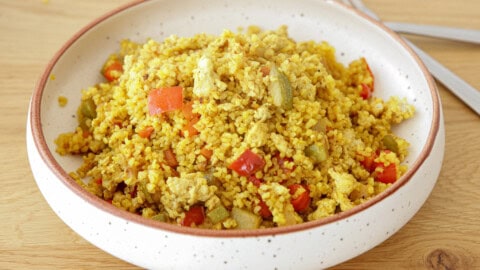

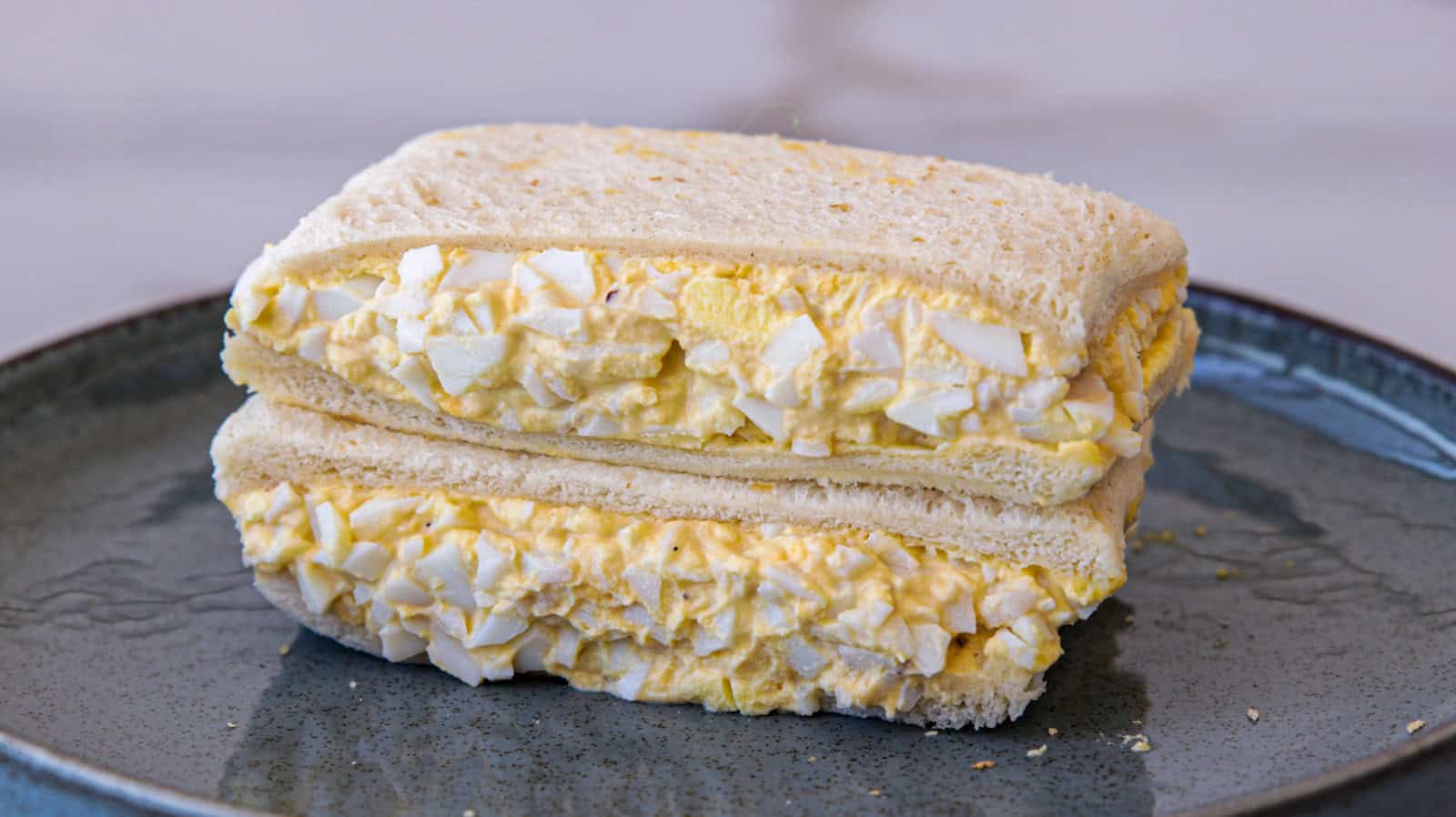
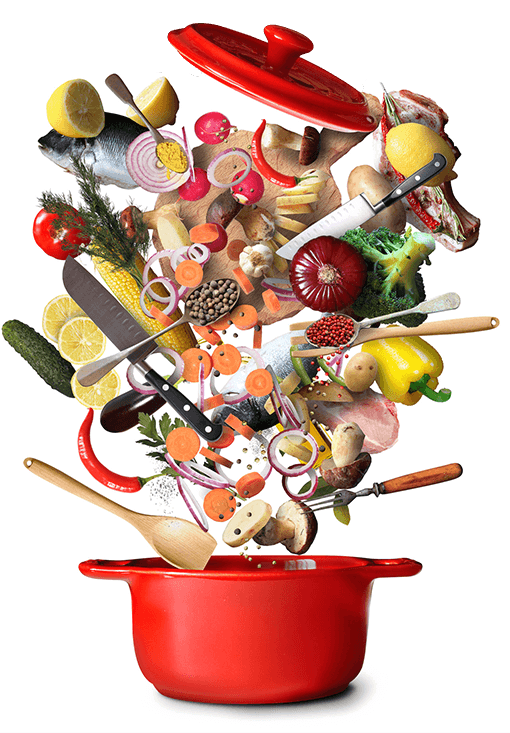

These were so good! I did add an extra teaspoon of sugar to make them sweeter. I added cinnamon sugar on half of them and nutella on the rest of the batch. * chef’s kiss*